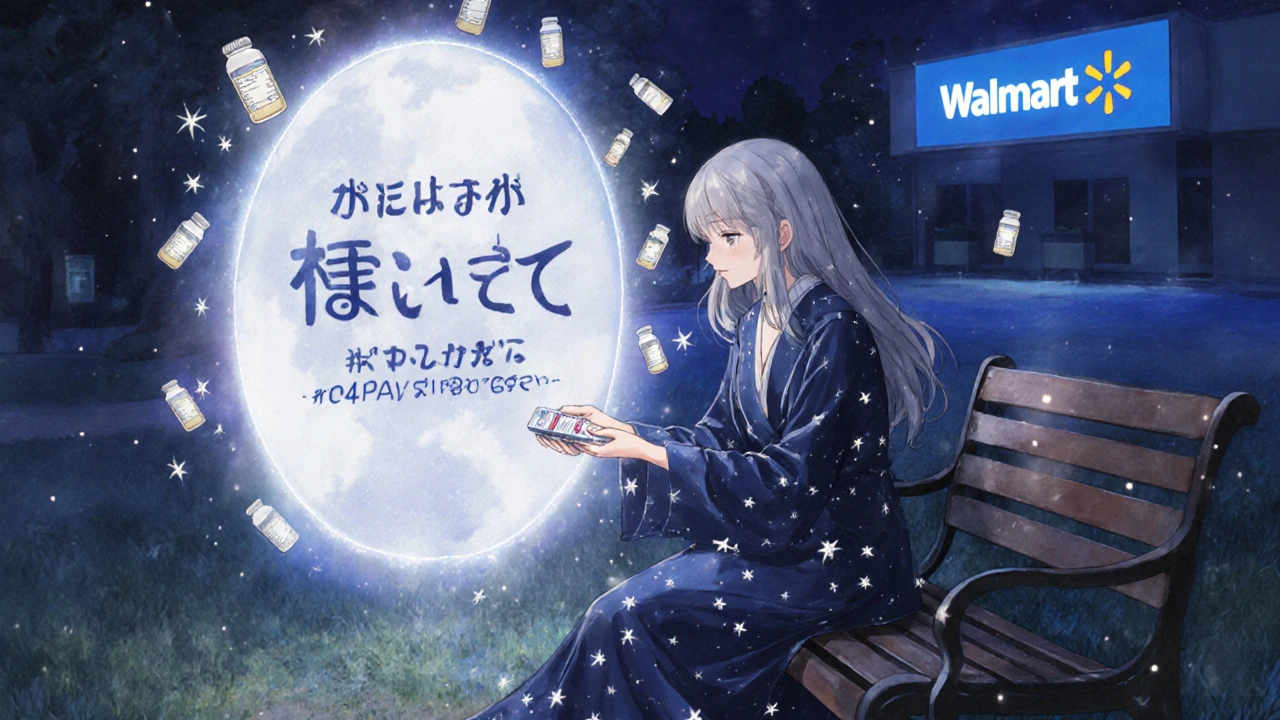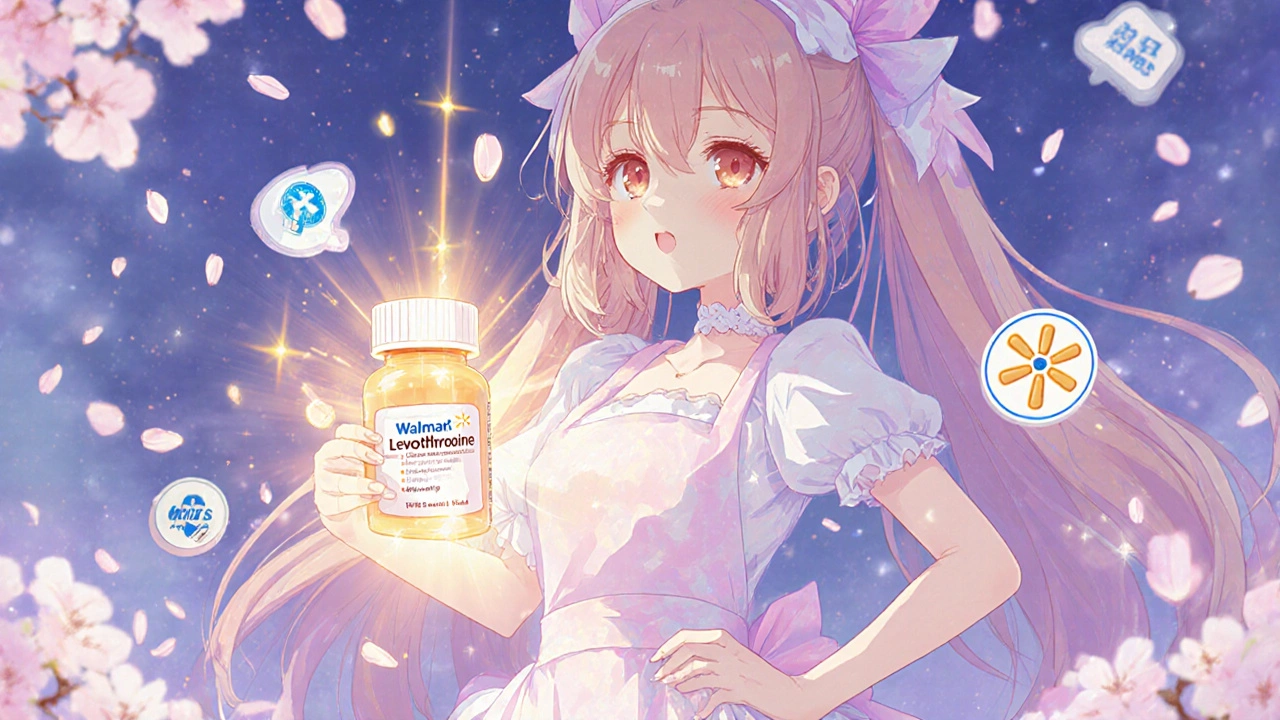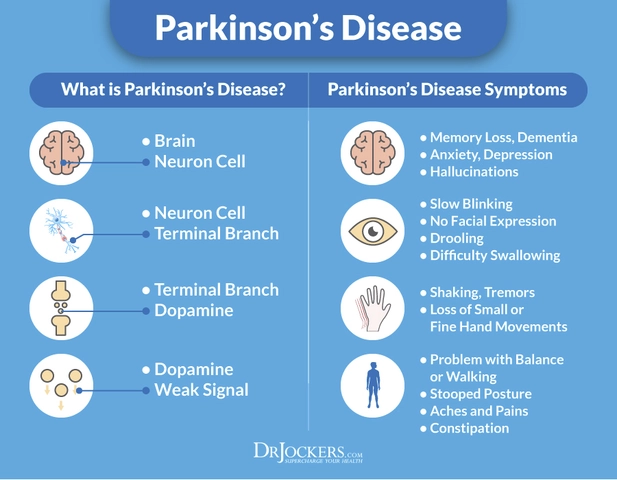Even though generic medications cost 80-85% less than brand-name drugs, many people still struggle to pay for them. In 2023, nearly one in four U.S. adults said they couldn’t afford their prescriptions-even the cheap ones. If you’re taking levothyroxine, metformin, lisinopril, or any other common generic, you’re not alone. The system doesn’t always make it easy to get help, but help is out there-if you know where to look.
Why Generics Still Cost Too Much
Generic drugs are supposed to be affordable. They’re chemically identical to brand-name versions, approved by the FDA, and often sell for just $5 to $10 per prescription. But for people on fixed incomes or with high-deductible plans, even $10 a month adds up. Three generics a month? That’s $360 a year. For someone living paycheck to paycheck, that’s groceries or gas. The problem isn’t the price of the drug-it’s what you’re expected to pay out of pocket. Insurance plans put generics on Tier 1, meaning lower copays, but those copays aren’t always zero. And if you’re on Medicare, your out-of-pocket costs still count toward the annual cap-until 2025.Medicare’s Extra Help: Your Best Bet for Generics
If you’re on Medicare and have limited income, Extra Help (also called the Low-Income Subsidy) is the most powerful tool you have. Starting in 2025, this program will cut your generic copays to exactly $4.90 per prescription. No more surprises. No more waiting for bills to pile up. You automatically qualify if you get Medicaid, Supplemental Security Income (SSI), or a Medicare Savings Program. If you don’t, you can still apply. Your income must be below $22,590 per year (for a single person) and your assets under $17,220. You’ll need your tax return, bank statements, and proof of income. The application takes 45 to 90 days, so don’t wait. A lot of people miss out because they think they earn “too much.” But if you’re making $2,100 a month-$25,200 a year-you’re still eligible if you have high medical costs. Talk to your local SHIP counselor. They help people get Extra Help every day. In 2023, they handled over 1.2 million calls about generic drug costs.Pharmacy Discount Programs: No Application Needed
You don’t need insurance to use these. Big pharmacy chains like Walmart, Kroger, and Target run their own generic drug lists. Walmart’s $4/$10 program covers about 150 common generics, including:- Metformin (for diabetes)
- Lisinopril (for blood pressure)
- Levothyroxine (for thyroid)
- Atorvastatin (for cholesterol)
- Amoxicillin (antibiotic)

Nonprofit Assistance: For Those Who Fall Through the Cracks
If you earn too much for Extra Help but too little to afford $30 a month for meds, nonprofits can step in. Organizations like the PAN Foundation, NeedyMeds, and the Patient Access Network offer grants for specific conditions. But here’s the reality: only 17 of PAN’s 72 programs cover drugs that are mostly generic. That means if you’re taking metformin for diabetes or lisinopril for hypertension, you might not qualify. These programs focus on expensive specialty drugs-cancer, rheumatoid arthritis, multiple sclerosis. NeedyMeds approved 78% of applicants in 2023 who earned under 250% of the federal poverty level ($37,150 for one person). But only 12% of people earning between 250% and 400% ($37,150-$59,440) got help. That’s the “assistance gap.” You’re not poor enough for government aid, but not rich enough to pay without stress. Apply to multiple programs. Successful applicants use an average of 2.3 different sources of help. Don’t give up after one rejection.What’s Changing in 2025 (And Why It Matters)
The Inflation Reduction Act is reshaping how you pay for generics. Starting January 1, 2025:- Medicare Part D beneficiaries will hit a hard $2,000 annual out-of-pocket cap (down from $8,300 in 2024).
- Extra Help recipients will pay $0 deductible and $0 monthly premiums for generics.
- Insulin will cost no more than $2.00 per month-even the generic versions.
- All Part D plans must cap quarterly generic costs at $100 during the coverage gap.
The Hidden Trap: Copay Accumulators
Some insurance plans use “copay accumulator” programs. These prevent manufacturer coupons from counting toward your deductible or out-of-pocket max. It’s a sneaky way to make you pay more. But here’s the good news: this rarely affects generic users. Why? Because generic drug manufacturers almost never offer copay cards. Their profit margins are too thin. So if you’re on generics, you don’t have to worry about accumulators. What you do need to worry about is whether your plan counts your copays toward your out-of-pocket max. If it doesn’t, you’re paying more than you should. Call your insurer and ask: “Do my generic copays count toward my annual out-of-pocket maximum?”
What to Do Right Now
If you’re struggling to pay for your generic meds, here’s your action plan:- Check if you qualify for Medicare Extra Help. Apply at SSA.gov or call 1-800-772-1213. Don’t wait-processing takes months.
- Visit Walmart, Kroger, or your local pharmacy. Ask for their generic drug list. Compare your current copay to their cash price.
- Go to NeedyMeds.org. Search your medication. See if any nonprofits offer help.
- Call your SHIP counselor. Free, local, expert advice. Find yours at shiptacenter.org.
- Apply to multiple programs. Don’t rely on one. Use pharmacy discounts + nonprofit aid + Extra Help if you qualify.
Frequently Asked Questions
Can I use pharmacy discount programs with my insurance?
No. You have to choose: either use your insurance copay or pay the cash price at the pharmacy. The cash price is often lower, especially at Walmart or Kroger. Always ask the pharmacist to compare both options before you pay.
Why don’t generic drug makers offer copay cards like brand-name companies?
Generic manufacturers operate on razor-thin margins. A brand-name drug might cost $500 a month and sell for $300 after discounts, leaving room for a $10 copay card. A generic might cost $5 to make and sell for $8. There’s no profit left to fund assistance. That’s why help comes from pharmacies, nonprofits, and government programs-not drugmakers.
I make too much for Medicaid but still can’t afford my meds. What can I do?
You’re in the assistance gap-and you’re not alone. Try pharmacy discount programs first. Then apply to NeedyMeds or PAN Foundation. Even if you don’t qualify for a grant, they often list other resources. Also, ask your doctor if there’s a therapeutically equivalent drug that’s cheaper or covered better. Sometimes switching one medication makes a big difference.
Does the $2,000 out-of-pocket cap in 2025 apply to all my drugs or just generics?
It applies to all drugs covered under your Medicare Part D plan-both brand-name and generic. But because generics cost less, you’ll likely reach the cap slower. That means your savings build up over time. By the end of the year, you’ll pay nothing extra for any covered drug, no matter how many you take.
I’m not on Medicare. Can I get help with my generic meds?
Yes. Pharmacy discount programs like Walmart’s $4 list are available to anyone, regardless of insurance. Nonprofits like NeedyMeds also help commercially insured patients. Some states have prescription assistance programs too. Check your state’s health department website. And always ask your pharmacist-they know the local options better than anyone.





Jenny Lee
Walmart's $4 list saved my dad's life. He takes lisinopril and metformin-$8/month with insurance, $4 cash. Done.
Joshua Casella
Stop assuming everyone has access to a Walmart. Rural communities don’t have pharmacy chains. Local independents don’t always match prices. And if you’re on Medicaid in a state that doesn’t cover generics fully? You’re still stuck. This article is helpful-but it’s written for people who already have mobility, internet, and time to navigate systems. Not everyone does.
Brandon Lowi
America’s healthcare system is a carnival of lies-where generics are ‘cheap’ until you’re the one paying $12 a pop for thyroid meds because your ‘insurance’ is just a fancy word for ‘we’ll make you beg.’
They want you to think it’s about ‘personal responsibility’-but no, it’s about corporations hoarding profits while you choose between insulin and rent.
Extra Help? Great-if you’re literate, have a social security number, and aren’t too sick to fill out 47 forms.
Meanwhile, the same people who profit off your suffering are on TV talking about ‘freedom’ and ‘hard work.’
Wake up. This isn’t a system-it’s a scam dressed in a white coat.
Shravan Jain
It is imperative to note that the structural inequities embedded within pharmaceutical pricing mechanisms are not merely economic, but epistemological in nature. The commodification of bioavailability, wherein chemically identical molecules are stratified by brand equity, reflects a post-capitalist pathology wherein value is detached from utility.
One must interrogate the hegemonic discourse surrounding 'affordability'-a term rendered semantically hollow by neoliberal co-optation. The $4 program, while superficially benevolent, functions as a palliative for systemic failure, not a corrective.
Thus, the imperative is not to navigate the labyrinth, but to dismantle it.
Richard Couron
They don't want you to know this-but the $4 generics? It's all a setup. Big Pharma owns Walmart. They let you pay $4 so you don't complain about the $400 brand-name drugs they push you into later.
And Extra Help? That's a trap. The government gives you $4.90… then raises your Medicare premiums next year. You think they're helping? They're conditioning you.
And don't get me started on NeedyMeds-they're funded by shadowy donors who want you dependent. The real solution? Cash-only pharmacies. No insurance. No paperwork. No tracking. Just walk in, pay cash, walk out.
They're watching. They know you're reading this.
Alex Boozan
Let’s clarify the operational architecture here: copay accumulators are a structural feature, not a bug. The insurer’s incentive is to defer cost-shifting until the out-of-pocket maximum is reached-thereby optimizing their actuarial risk pool.
Generics bypass this because manufacturers lack the margin to subsidize copay cards. Ergo, the system is *optimized* for generic utilization-this is not an accident, it’s a design feature.
But here’s the rub: the $2,000 cap in 2025 doesn’t change the fact that 78% of beneficiaries still face prior authorization hurdles, step therapy protocols, and tiered formularies that function as de facto rationing.
So yes, the cap helps-but it’s a Band-Aid on a hemorrhage.
mithun mohanta
OMG this is sooo deep… like, I cried reading it. I’ve been on metformin for 8 years and I thought $12 was normal until now. But wait-did you know that in India, generics cost like 20 rupees?! Like, $0.25?! Why can’t America be like that?!
Also, I just applied for Extra Help and they asked for my tax return from 2022… which I don’t have because I’m a gig worker and the IRS lost it. So now I’m stuck in bureaucratic purgatory. Someone please send me a prayer emoji. 🙏
Also, Walmart’s $4 list is a LIE. My local one charges $6. They’re lying to us. #PharmaLies
Ram tech
Most people don’t even know what a generic is. They think 'brand name' means better. That’s why they pay $15 for lisinopril when it’s $4 at Walmart.
It’s not a drug problem. It’s a dumb problem.
Also, if you’re making $25k and can’t afford $60 a year for meds, maybe don’t buy that $500 phone. Just saying.
Erica Lundy
There is an ethical dimension here that transcends the economic: the moral weight of denying access to essential medicine under the guise of market efficiency.
When a molecule, identical in structure and function, is priced at eight times its production cost solely due to brand recognition, we are not operating within a market-we are operating within a hierarchy of human worth.
The $4 program is not charity. It is a concession. A reluctant acknowledgment that the system cannot function without some semblance of humanity.
But what of those who fall between the cracks? Those who earn $30,000 and are denied aid because they own a car? Or a dog? Or a home with equity?
We call this 'affordability.' It is, in truth, a cruel arithmetic of survival.
Kevin Jones
Let’s be real: the 2025 cap is a political stunt. It’s not about helping people-it’s about making Medicare look good before the election.
And don’t get me started on ‘Extra Help.’ The application process is a maze designed to exhaust the elderly. You need a PhD in bureaucracy to qualify.
Meanwhile, Big Pharma’s lobbyists are drafting the next loophole. They’re already planning to raise the price of generics by 3% annually… right under the cap.
They’re not scared. They know we’ll forget by 2026.
Premanka Goswami
EVERYTHING YOU’RE TOLD IS A LIE.
Walmart’s $4 list? They only stock the *oldest* generics. The ones that expired patents on in 2003. Newer generics? They charge $15.
Extra Help? They cross-check your bank account with your Facebook. If you posted a vacation photo in 2023? Denied.
NeedyMeds? They only help people with rare diseases. Diabetes? Nope. Hypertension? Nope. You’re not sick enough.
And the $2,000 cap? It only applies if you’re on Medicare Part D. If you’re on a private plan? You’re SOL.
They want you to think you have options. You don’t. You’re being played.
Alexis Paredes Gallego
Why is no one talking about the fact that the government gave Big Pharma $150 BILLION in pandemic relief… and then they raised drug prices 47%?
And now they’re patting themselves on the back for $4 generics?
It’s like giving a man a Band-Aid after cutting off his leg.
And don’t tell me ‘apply for help’-I tried. They asked for my birth certificate, my last 3 pay stubs, my landlord’s phone number, and a notarized letter from my cat.
This isn’t a system. It’s a psychological torture device.
I’m not asking for free meds. I’m asking for dignity. Is that too much?
Saket Sharma
Let me be blunt: if you’re still paying $10 for metformin in 2025, you’re doing it wrong.
Pharmacy discount programs are not ‘nice options’-they’re the baseline standard. If your pharmacist doesn’t offer the cash price first, you’re being ripped off.
And if you’re on Medicare and didn’t apply for Extra Help? You’re leaving money on the table. Thousands of dollars.
Stop being passive. This isn’t a favor. It’s your right.
Now go. Call your SHIP counselor. Right now.